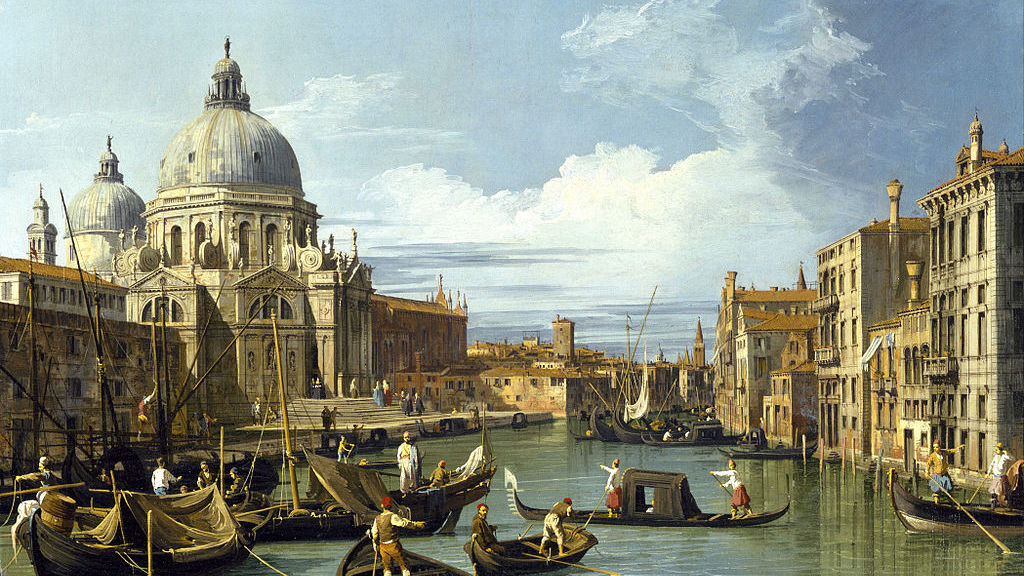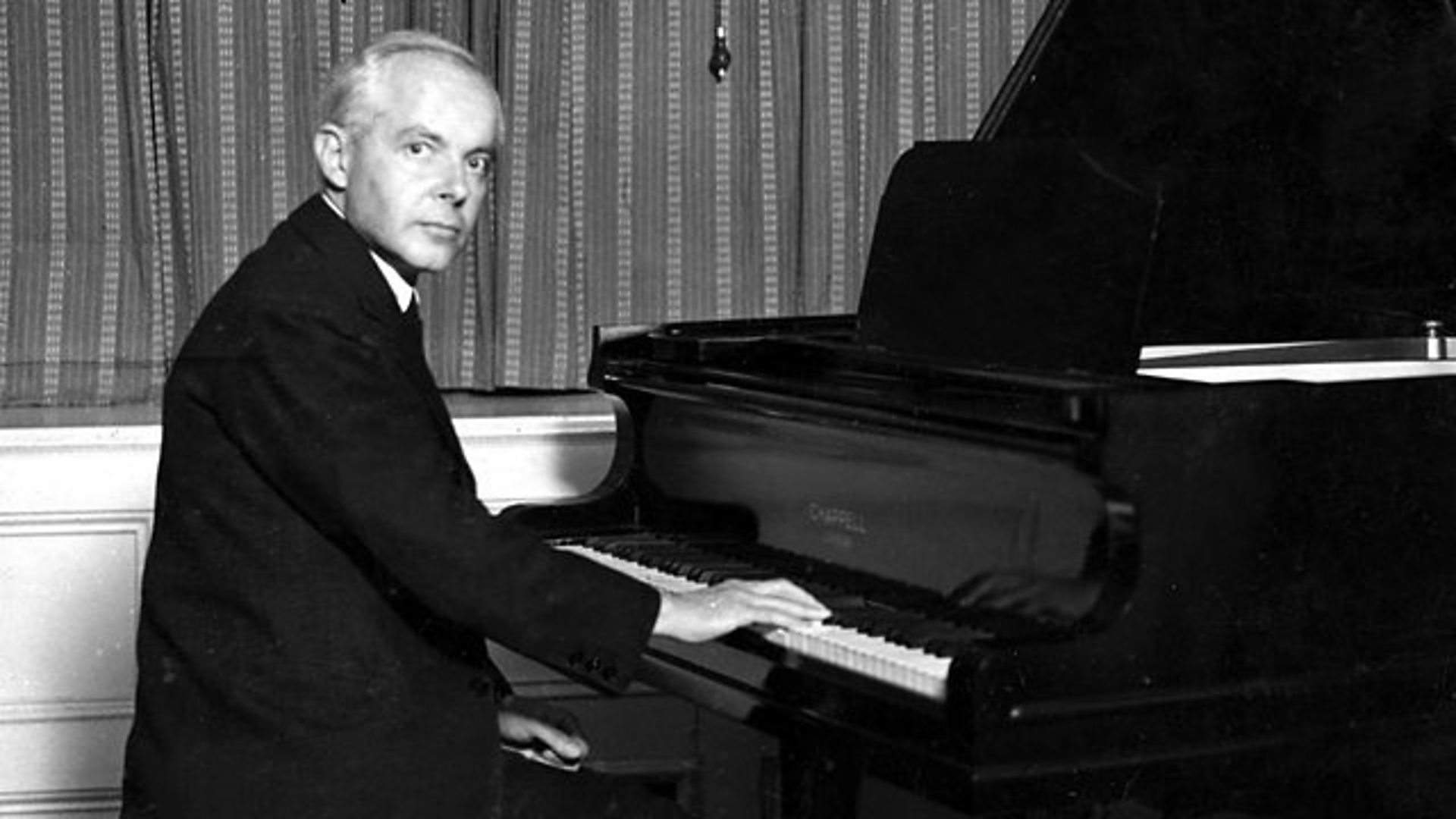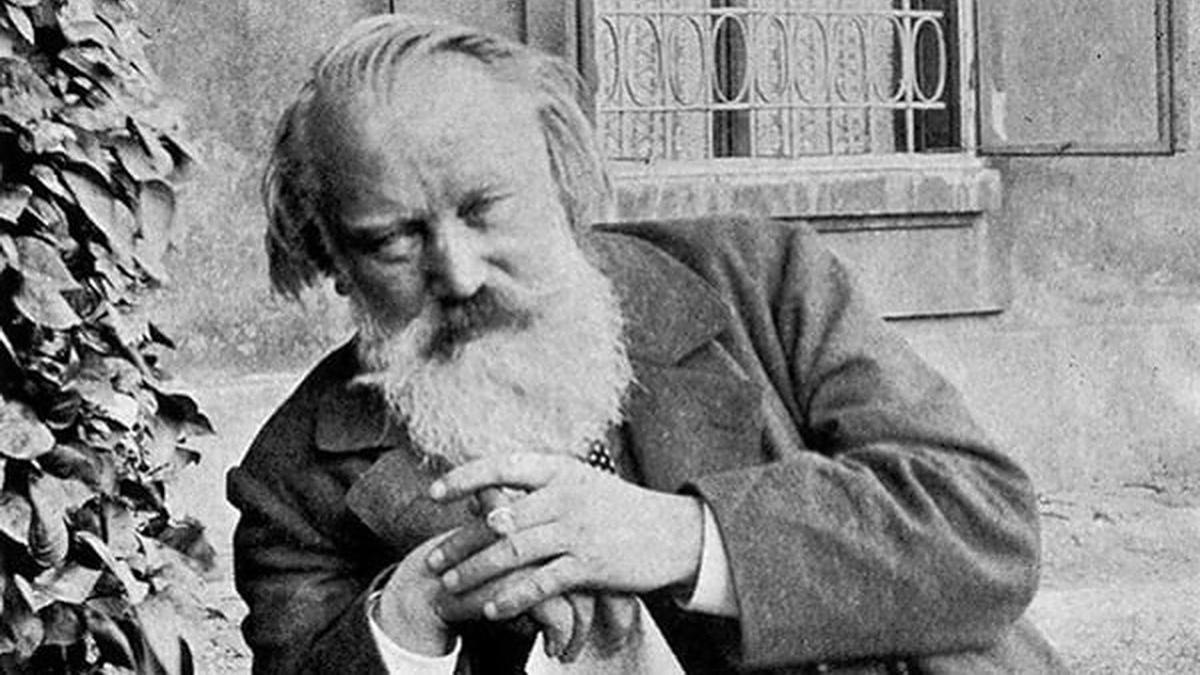Establishing Order out of Chaos: Music of Rebel, Rameau, and Haydn
Franz Joseph Haydn’s 1798 oratorio, The Creation, begins with a shocking musical depiction of chaos which, at times, seems to anticipate the chromaticism of Wagner. This famously progressive harmony sets the stage for a masterful dramatization of the creation of the world, as outlined in the Book of Genesis. As shocking as Haydn’s Representation of Chaos was at the apex of the genteel Classical period, it was not without precedent. Fifty years earlier, the …







